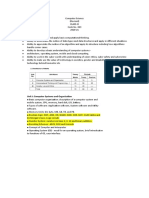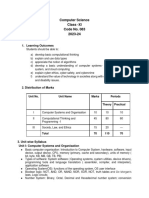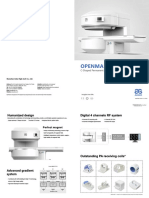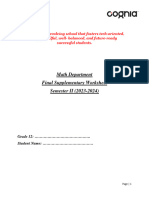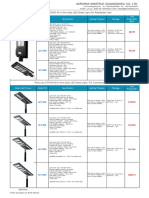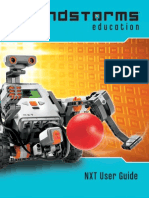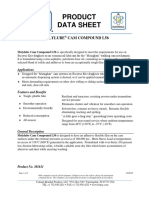0% found this document useful (0 votes)
69 views4 pages02 Programming Knowledge-Organiser
The document provides an overview of programming knowledge including writing high-level programs, input and validation, variables and data types, readability of code, code constructs, testing and debugging, operators, string manipulation, and data structures. It also lists resources for learning Python programming.
Uploaded by
khatade.asmitaCopyright
© © All Rights Reserved
We take content rights seriously. If you suspect this is your content, claim it here.
Available Formats
Download as DOCX, PDF, TXT or read online on Scribd
0% found this document useful (0 votes)
69 views4 pages02 Programming Knowledge-Organiser
The document provides an overview of programming knowledge including writing high-level programs, input and validation, variables and data types, readability of code, code constructs, testing and debugging, operators, string manipulation, and data structures. It also lists resources for learning Python programming.
Uploaded by
khatade.asmitaCopyright
© © All Rights Reserved
We take content rights seriously. If you suspect this is your content, claim it here.
Available Formats
Download as DOCX, PDF, TXT or read online on Scribd
/ 4




























